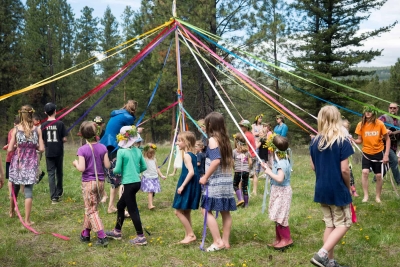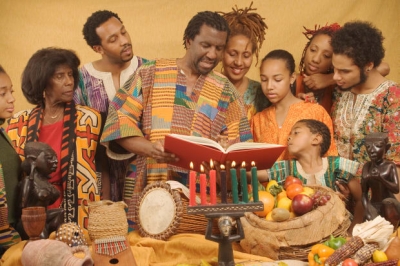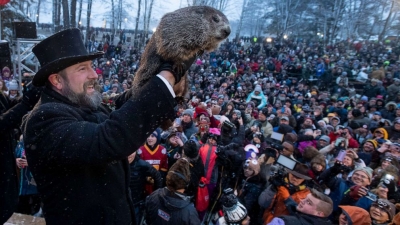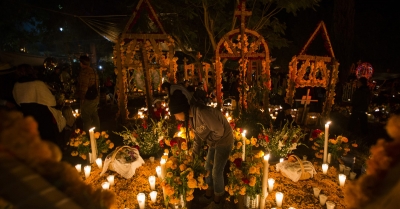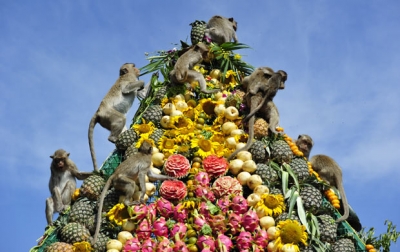In the United States, some people eat turducken instead of a traditional turkey for Thanksgiving. What is this dish?
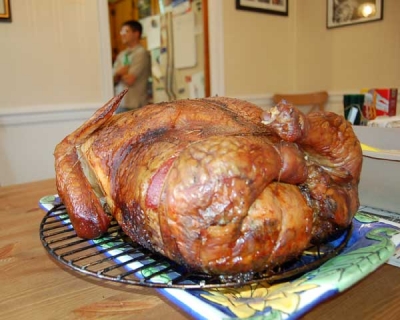
Turducken is a dish consisting of a deboned chicken stuffed into a deboned duck, further stuffed into a deboned turkey. Outside of the United States and Canada, it is known as a three bird roast. Gooducken is a traditional English variant, replacing turkey with goose.
When making a turducken, begin deboning the three birds, making sure to keep the raw poultry and their juices away from other foods. There is no need to wash the poultry before deboning. Washing will only contaminate multiple surfaces and other utensils in your kitchen.
If making a turducken with stuffing, make the stuffing first, but keep the wet and dry ingredients separate until you are ready to assemble. Begin deboning the three birds, making sure to keep the raw poultry and their juices away from other foods. After deboning, mix your wet and dry stuffing ingredients together and immediately start assembling the turducken by laying the turkey down first and coating with a layer of stuffing. The duck is next, followed by a layer of stuffing and then the chicken, which is also followed by more stuffing. Be sure to pack the stuffing loosely to promote efficient heat transfer during cooking.
Do not assemble the turducken in advance and put it in the refrigerator to cook later. The turducken must be cooked immediately to avoid the spread of bacteria throughout the stuffing.
Credit : USDA
Picture Credit : Google
